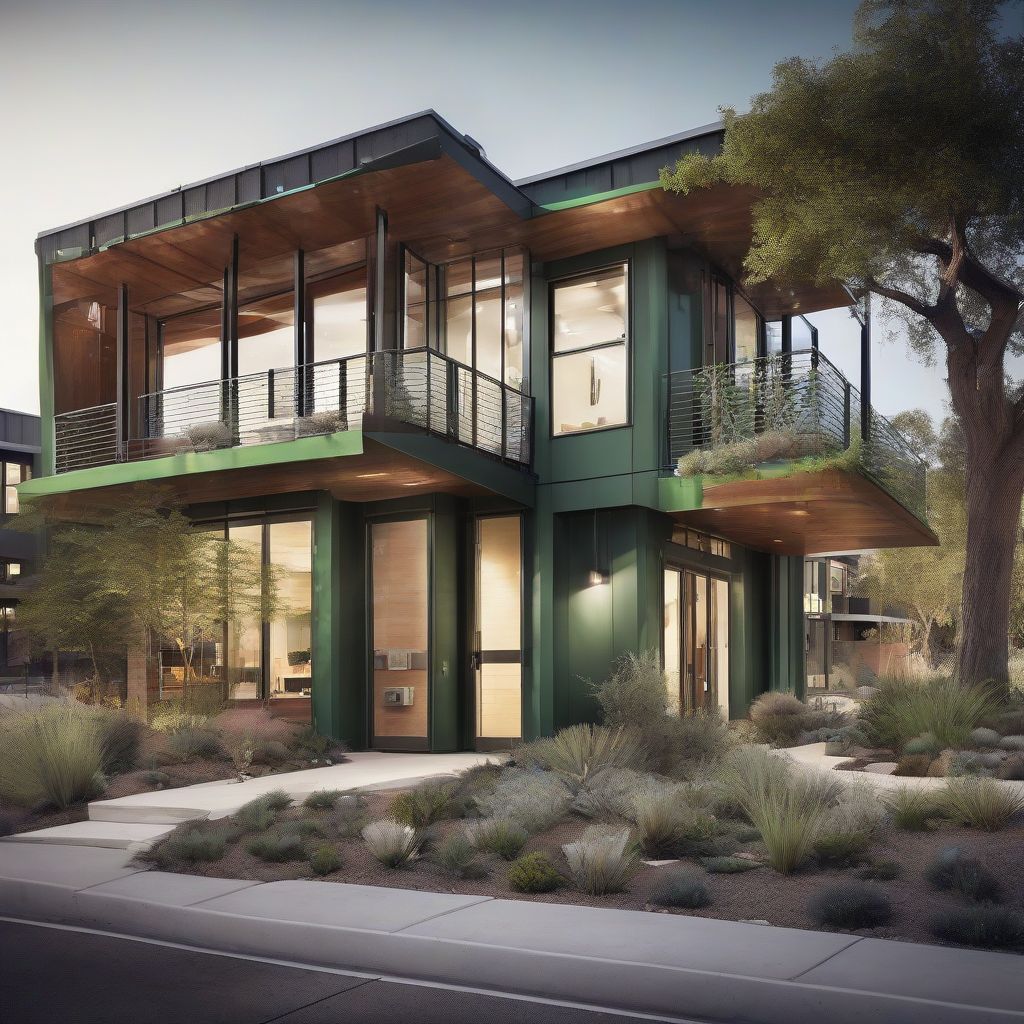Imagine a world where buildings not only provide shelter but also contribute to a healthier planet. This is the vision behind green building, and at its core lies a crucial principle: water conservation. As a nutritionist and meal prep coach, I understand the importance of using resources wisely to create a healthier, more sustainable lifestyle. Just as we carefully consider the ingredients in our meals, green buildings prioritize water conservation as a vital ingredient for a sustainable future.
Why is Water Conservation So Important in Green Building?
We often take water for granted, but the reality is that freshwater is a finite resource. Growing populations and climate change are putting increasing pressure on our water supplies. Buildings, in particular, are significant water consumers, accounting for a considerable portion of global water use. This is where green building comes in. By incorporating water-efficient strategies, green buildings strive to:
- Reduce Water Consumption: This alleviates stress on municipal water systems and conserves freshwater resources.
- Minimize Environmental Impacts: Less water consumption translates to reduced energy demands for water treatment and distribution, lowering greenhouse gas emissions.
- Lower Operating Costs: Saving water means saving money on utility bills, making green buildings financially attractive.
 Water Efficient Green Building
Water Efficient Green Building
How Green Buildings Conserve Water: Innovative Strategies
Green buildings employ a multifaceted approach to water conservation, incorporating innovative technologies and design principles:
1. Water-Efficient Fixtures and Appliances:
- Low-Flow Fixtures: Toilets, faucets, and showerheads with low-flow rates significantly reduce water usage without compromising performance.
- WaterSense Labeled Products: Look for the WaterSense label, a certification program that identifies water-efficient products that meet EPA’s standards.
2. Water-Saving Landscaping:
- Drought-Tolerant Plants: Choosing plants that thrive in the local climate and require less water is key to reducing outdoor water consumption.
- Efficient Irrigation Systems: Drip irrigation and smart irrigation controllers deliver water directly to plant roots, minimizing waste.
3. Rainwater Harvesting:
- Collecting and Reusing Rainwater: Systems that capture rainwater from roofs and other surfaces can be used for irrigation, toilet flushing, and other non-potable purposes.
4. Graywater Recycling Systems:
- Reusing Gently Used Water: Graywater systems collect water from showers, sinks, and washing machines and treat it for reuse in toilets or irrigation.
5. Water Submetering:
- Monitoring Water Usage: Submeters track water consumption in different areas of a building, allowing for better management and identification of potential leaks.
The Benefits of Water Conservation in Green Building: A Ripple Effect
The advantages of water conservation in green buildings extend far beyond the building itself:
- Environmental Protection: By reducing water withdrawals from rivers and aquifers, green buildings help protect aquatic ecosystems and preserve water resources for future generations.
- Economic Savings: Water efficiency translates into lower operating costs for building owners and occupants.
- Improved Public Health: Water-efficient practices reduce the risk of waterborne illnesses and promote a healthier environment.
- Community Resilience: Green buildings contribute to a more sustainable and resilient water future for communities, especially in water-stressed regions.
Expert Insights:
According to the U.S. Environmental Protection Agency (EPA), “Buildings that are designed to save water can reduce water use by 20% to 50%.” This significant reduction in water consumption highlights the tangible impact that green building can have on water conservation efforts.
The Future of Water and Green Building: A Shared Responsibility
As we face increasing water challenges, green building offers a hopeful path forward. By embracing water conservation as a fundamental principle, we can create buildings that are not only environmentally responsible but also healthier, more resilient, and cost-effective.
Call to Action:
Whether you’re a homeowner, a builder, or simply someone who cares about the environment, we all have a role to play in promoting water conservation. Let’s support green building practices and work together to build a future where water is used wisely and sustainably.
[amazon bestseller=”water conservation”]
